#character types
Text
one of the best character types i think is insane man in a long fur coat
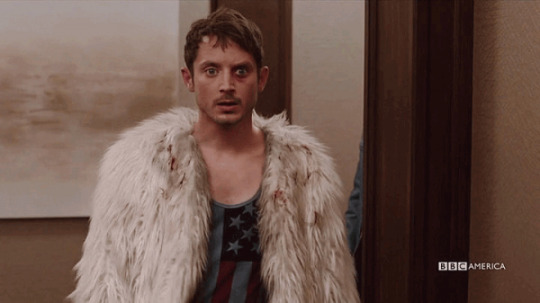
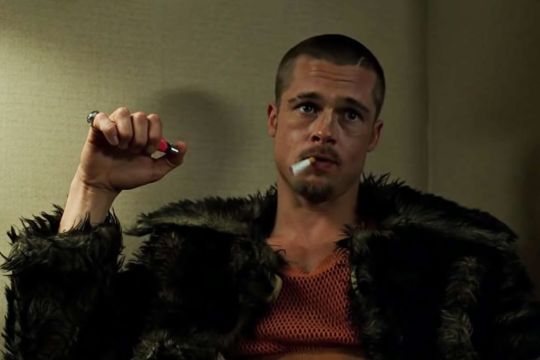

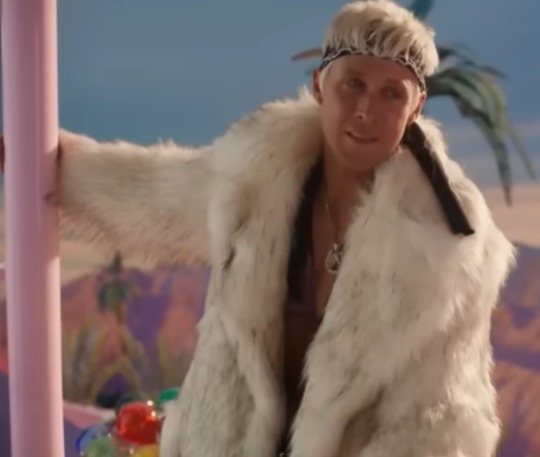
#character types#character design#character archtypes#dirk gently#dirk gently's holistic detective agency#dghda#todd brotzman#fight club#tyler durden#brad pitt#candyman#candyman 1992#candyman 2021#tony todd#barbie#barbie 2023#ken#ken barbie#ryan gosling#insane man#insane men
19K notes
·
View notes
Text
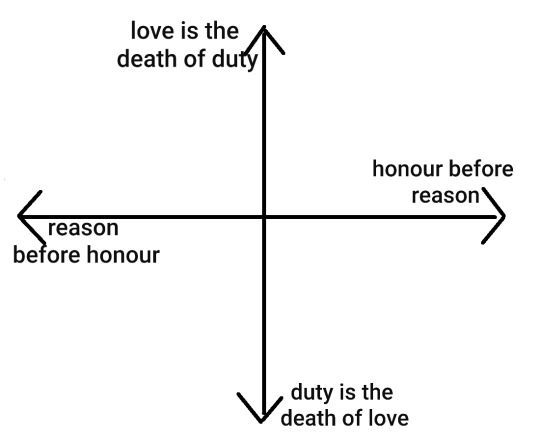
This came to me in a dream.
Edit: you have a duty to more than just love. Think about your duty to the law. To your morals. To the general public. Your duty will not always be to your loved ones.
Think about what you would choose to do if someone you loved had committed some terrible crime and you had the choice to keep quiet about it to keep them safe or to speak out about it (to help the victim of the crime, to prevent more victims in the future, to uphold the law, for your own morals, etc.). Your choice shows the difference between love and duty.
7K notes
·
View notes
Note
Hi Red! I hope you’re doing okay! I wanted to ask you what are the kinds of Whumpees, like “Stoic Whumpee”, for example. Can you make a short list?
There are many kinds of whumpees because every one's personality is different, but some of the community's general favorites are:
Stoic Whumpee, who may be more reserved and internalize or suppress their emotions
Defiant Whumpee, who holds onto their anger, spite and snark to stay strong
Soft/Cinnamon Roll Whumpee, sweet, kindhearted, possibly naïve, a contrast to the cruelty they endure
Comic Relief Whumpee, the one who uses lightheartedness and humor to hide the pain
Pet Whumpee, treated like they're meant to owned, made to act like they're beneath others
Nonhuman Whumpee, who could be anything from a mercreature to an angel to an alien to a mutant to a robot, etc.
Magic/Superpowered Whumpee, who may be exploited and exhausted for their special abilities
Tiny Whumpee, who, true to the name, is smol and typically has a tol counterpart caretaker or whumper
Broken Whumpee, who has given in, given up, who feels hopeless, unsure if they have the strength to survive
Caretaker-Turned-Whumpee: the usual helper and healer ends up needing someone else's aid
Whumper-Turned-Whumpee: the usual bringer of pain ends up getting a taste of their own bitter medicine
#whump#character types#whumpee types#stoic whumpee#defiant whumpee#soft whump#pet whump#magic#powers#non human whumpee#tol and smol#caretaker turned whumpee#whumper turned whumpee#answered ask#anonymous
492 notes
·
View notes
Text
When main characters are unhinged from the start and only get worse>>>
#fang runin#ily fang runin#this is about fang runin#media#books#character types#the poppy war#dedicated to but not limited to fang runin
73 notes
·
View notes
Text
Character Types for Your Next Story
Great ideas for characters will come and go, but there are always concrete character types that you can count on to carry a plot.
Check out the most common types to see if they're what you need to make your next story come to life.
The Protagonist
This is your main character. They're the central focus of the story, the person who resolves the main conflict, or the individual who grows with or from the story's theme.
You can also have multiple protagonists! 3rd-person POV stories/books often have at least two main characters because switching between their points of view furthers the plot, adds tension, or develops their world for the reader.
Examples: Bilbo Baggins in The Hobbit; Claire Randall in Outlander
The Antagonist
This is your main character's opposition. They'll be the force against which your protagonist clashes to experience the conflict that results in their growth. Sometimes the antagonist functions as an obstacle for the protagonist to overcome. Other times, they're a lesson the main character needs to learn by the end of the story.
You can create multiple antagonists for one protagonist or multipel antagonist for a cast of protagonists. It depends on the story you have in mind and what POV you'll be using.
Examples: The White Witch in The Chronicles of Narnia: The Lion, the Witch and the Wardrobe; Pennywise in It
The Central (Major) Characters
Central characters are what you would call the individual protagonists who make up your cast of characters. They all grow throughout your plot and are essential to the backbone of your story.
Examples: the seven demigods in the Prophecy of Seven in The Heroes of Olympus series; the multigenerational protagonists in Homegoing
The Secondary (Minor) Characters
Secondary characters are often called sidekicks or companions. They're part of your protagonist's life and is along for the ride with them. Although your plot might not be the same without them (if they're a love interest, family member, or another person close to your protagonist), they primary exist to develop the protagonist.
Examples: Dr. Watson in the Sherlock Holmes series; Cinna in The Hunger Games series
The Static Characters
Writers need static characters to essentially remain the same for plot purposes. These characters are typically unaffected by what's happening in the protagonist's life because they're one or two steps removed from it.
Alternatively, your static character can also be antagonist. They're actively involved in your protagonist's life, but they don't undergo any inner changes that result in character growth.
Examples: Dolores Umbridge in the Harry Potter series (she remains unchanged because she has to be a constant source of conflict); Atticus Finch in To Kill a Mockingbird (he remains unchanged because he represents morality and reason to Scout)
The Dynamic Characters
Dynamic characters change throughout a story. They're most often the protagonist or one of the main cast of characters because they are actively involved in the plot.
These could be your protagonist, antagonist, or any other character that undergoes some time of fundamental change.
Examples: Ebenezer Scrooge in A Christmas Carol; Celaena Sardothien in Throne of Glass
The Flat Characters
Flat characters experience no change throughout a story. They may arrive at the end with a different opinion or goal, but they're almost identical to who they were at the beginning of the story.
Don't assume flat characters are boring or unnecessary! They always represent something for the protagonist or the reader. They can also be the antagonist!
Examples: Marmee in Little Women (she's a role model for her daughters and remains their true north throughout the book); Suzy Nakamura in American Born Chinese (she helps Wei-Chen face his complicated feelings about feeling like an outcast for his race by being vocal about hers, but that remains her sole purpose in the plot.)
The Round Characters
When someone talks about a round character, they don't mean the character's physical appearance. Instead, this phrase refers to a protagonist or antagonist's internal depth.
Round characters have complex personalities. They may contradict themselves sometimes or the people they love the most. These characters typically have full backstories and embody the phrase, "they contain multitudes."
Examples: Amy Dunne in Gone Girl; Elizabeth Bennet in Pride and Prejudice
The Stock Characters
Stock characters are flat characters that resemble a stereotype easily recognized by readers. They're your geek teenager with oversized glasses or the best friend who is only there to be the punchline.
Sometimes these characters are written so well that readers don't mind the stereotype. It depends on their relationship with other characters in your story and if they only embody the stereotype up front. Successful stock characters eventually reveal the depth of their hearts or undergo developments that push beyond the limits of their stereotype.
Examples: Rapunzel (the damsel in distress); Alaska Young in Looking for Alaska (the manic pixie dream girl)
The Anti-Hero
Readers love anti-heroes because they're protagonists who start off as the worst version of themselves and grow into the best they can be. There are always external and internal obstacles for them to overcome, which may or may not clash.
They can also start off as versions of themselves that are inherently good, then become more like an antagonist but for the right reasons. Readers may still cheer them on and hope they revert to their previous good ways or read your story to watch your anti-hero follow their worst instincts until the world crumbles around them.
Examples: Dexter Morgan in the Dexter series; Patrick Bateman in American Psycho
The Foil
Typically, the foil in any story is someone who's opposite of the protagonist. They encourage the main character to grow throughout the plot by holding reverse opinions, world views, or values.
Examples: God and Satan in Paradise Lost; Lennie and George in Of Mice and Men
The Symbolic Character
Characters can be great by themselves, but many times they will represent something the author is trying to talk about through their work. A symbolic character is the representation of an aspect of society, an idea, or theme.
Examples: the raven in The Raven (symbolizes the narrator's grief and the presence of death in general); Aslan in The Chronicles of Narnia series (symbolizes God/Jesus)
The Deuteragonist
Deuteragonists are also called the secondary characters. They're the closest characters to the protagonist throughout their journey. They give the story more depth, either through their close relationship with the protagonist or by working against them as or alongside the antagonist.
Examples: Edward Cullen in the Twilight series; Jiminy Cricket in Pinocchio
The Tertiary
You'll rarely see a tertiary character more than a few times in a story. They're background characters that most often create minor conflict on the protagonist's journey with their primary conflict. Tertiary characters add depth to a story's world, but aren't essential to the plot.
However, tertiary characters are important! Without them, there would be no nosy server at your protagonist's favorite coffee shop or supportive librarian at your main character's library.
Examples: Parvati and Padma Patil in Harry Potter; Madame Stahl in Anna Karenina
The Love Interest
Ah, the love interest. They are the secondary integral part of any romantic plot line and may challenge the protagonist to grow through introducing new experiences or points of view.
Examples: Peeta Mellark in The Hunger Games series; Will Traynor in Me Before You
The Confidante
Characters who are confidants are literary devices that help the protagonist reveal their secrets, state of mind, intentions, flaws, and feelings while all of those things are actively changing throughout a story. They can also represent real-life relationships by maintaining a healthy friendship or a manipulative friend.
Examples: Horatio in Hamlet; Samwise Gamgee in The Lord of the Rings series
---
Many of these character types merge to create stories with more depth. Defining your existing or future characters with these terms could help you figure out their role in the plot and how to make your story stronger by flexing the purposes of each type.
#writing#writeblr#writing characters#character types#writing tips#writing advice#writers of tumblr#creative writing#writing community#writing help#writers#writing inspiration
2K notes
·
View notes
Photo

I dunno why I just always gravitate towards these
#character types#characters#personalities#tall#monke#little#scremblo#there is no inbetween#I dunno why#guffbin#doodle#my art
245 notes
·
View notes
Text
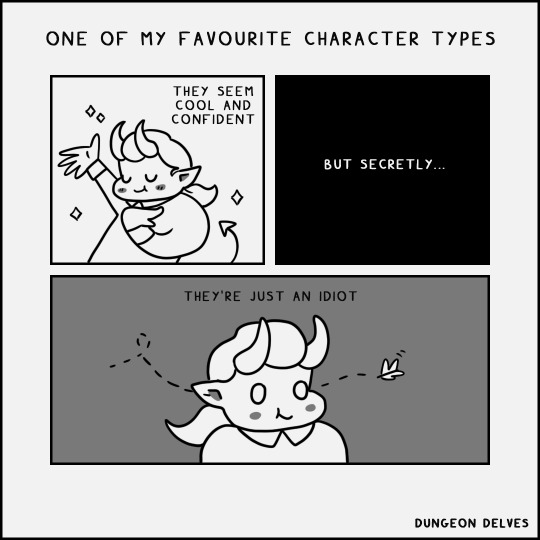
This fits more of my characters than I care to mention...
#Comic#dnd#dnd5e#D&D#dungeons and dragons#ttrpgs#rpgs#tabletop#tabletoprpgs#tabletoproleplayinggames#tabletopdrawing#dndart#dndcomic#dndartist#character types
608 notes
·
View notes
Text
One of my favorite chatacter types is the dark, semi-evil manipulate type who is cruel and will do anything to meet their goal. But they are on the protagonist's side, and are desperately trying to be good, even though it doesn't come naturally to them, and their methods are sketchy at best.
For example, Dazai Osamu, Urahara Kisuke, Loki, Kurama (Yu Yu Hakusho) ect...
#character tropes#fandom#dazai osamu#bungou stray dogs#kisuke urahara#bleach#loki#marvel loki#marvel#kurama#yu yu hakusho#character types
51 notes
·
View notes
Text
i saw someone describe a character archetype as ‘kicked dog w/ rabies’ and you know what i thought?
andrew andrew andrew andrew andrew andrew andrew andrew andrewandrew andrew andrew
42 notes
·
View notes
Text
Aquarius
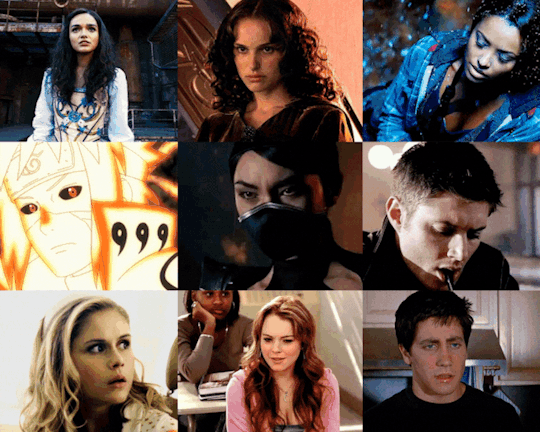
Jan20th-Feb18
Element: Air
Fixed: Structure and Stability
Ruling Planet:Uranus and Saturn
Characters that embody Aquarius
Lucy Gray Baird-Free spirited
Padme Amidala-Generous
Bonnie Bennett-Intelligent
Minato Namikaze- Kind
Kitana-Humanitarian
Dean Weinchester- Unique
Starlight-Headstrong
Cady Heron-Intuitve
Donnie Darko-Introspective
#mbti#zodiac#personality types#16 personalities#ennegram#zodic signs#mbti personality types#enneagram#typology#personality typology#horoscope#aquarius#aquarius characters#character types#aquarius zodiac#lucy gray baird#tbosas#ballad of songbirds and snakes#lucy gray#padme naberrie#padme amidala#kitana#mk kitana#minato namizake#starlight#the boys starlight#cady heron#donnie darko#supernatural#annie january
36 notes
·
View notes
Text
Tragic Angry Characters: Destined to Hate and be Hated
My favorite character type is Tragic Angry and it’s because they are always so complex and interesting. They’re introduced as antagonists and are almost always hated by the fandom from the start, but eventually get development arcs and build relationships with the other characters. They have an element of tragedy to them, their sharp actions stem from unhealed wounds and they shoulder burdens they were not born to bear. Further, they often die tragically or experience horrors out of sacrifice, and yet their pain is still usually dismissed by the fandom or in the show. They are doomed from first breath to last despite desperately fighting their fate until it became too exhausting.
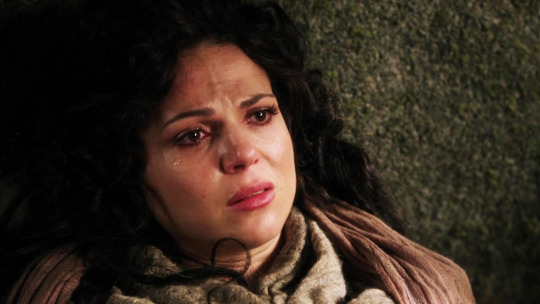


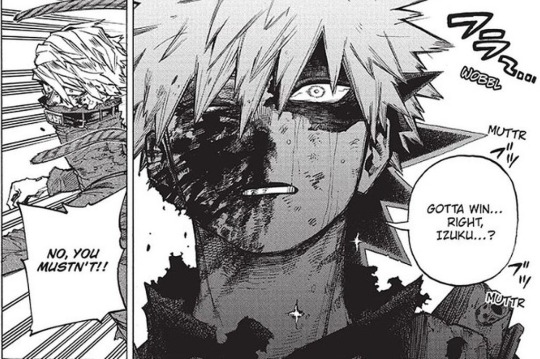
#character types#bakugo katuski#izzy hands#regina mills#mickey milkovich#fandom rants#tragic characters
21 notes
·
View notes
Text
They all kin each other frfr🤞🏽
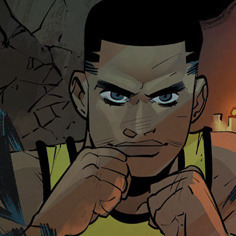


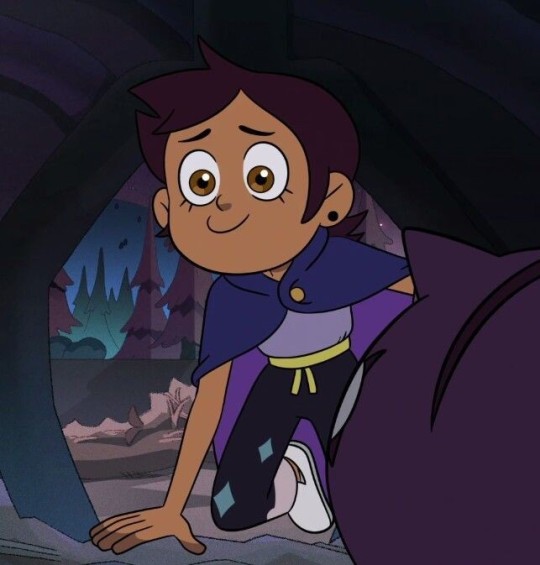


#komaru naegi#midoriya izuku#izuku midoriya#mirabel madrigal#luz noceda#favorite characters#character types#insecure teen protags constantly trying to prove their selfworth>>#gotta be one of my favorite genders🙏🏽💯🔥#miles morales#duke thomas#they kin each other#trust me#kinning#mha#toh#dc#batman#Danganronpa#spiderverse#encanto
82 notes
·
View notes
Text
Some people just don't appreciate the beautiful complexity of morally grey characters and it shows
#like i want a character thats HUMAN#i want to DOUBT THEIR MOTIVES#and i want to LOVE THEM ANYWAY#it makes the good things they do mean so much more#character types#character tropes#random
76 notes
·
View notes
Text
Ngl sometimes I just can't get into the whump content for [insert character here] because you look at them and it just seems too easy. Like they come across so made to be whumpable that it doesn't feel earned and that's a bummer (especially when they're also the fan favorite so most of the whump in both the media and the fandom is solely for them) 😕
154 notes
·
View notes
Text
The thing i love best about Toby from Trollhunters is how he feels about being Jim’s sidekick. The thing is that he calls himself Jim’s sidekick and he says it with pride. In this day and age, sidekicks aren’t really treated as a good place for a character, characters aren’t shown liking being called sidekicks and often have their character arcs being proving they are heroes not just sidekicks. Toby . . . doesn’t care about any of that. He gets upset and jealous when he thinks Claire is going to take his place in this dynamic. But he never wants to be the Main Hero in this adventure. His contributions are never minimized because of this. Him being a sidekick character, a support, a friend who always stands beside Jim through everything that happens, make him an extremely valuable member of the group. Perhaps even the most valuable as far as Jim is concerned.
Being a Sidekick isn’t a bad thing. It’s not a lesser thing. It’s an amazing thing. And Toby Domzalski is an amazing sidekick.
#toby domzalski#trollhunters#tales of arcadia#support structures#characters#character types#sidekicks
306 notes
·
View notes
Text
What Is a Meet-Cute?
If you’re in the writeblr world for any amount of time, you’ll likely see people talking about meet-cutes. Here’s everything you need to know about the classic plot device.
Definition of a Meet-Cute
A meet-cute is a scene in books, movies, or TV shows where two individuals meet for the first time and unknowingly start their romantic journey together. They typically have a comedic or light-hearted vibe and just enough romance to interest the characters and readers.
Why Is It Called That?
Anyone could write a scene where a protagonist meets a secondary character and goes on with their day. There’s nothing romantically memorable about a quick chat about the weather over a grocery store cash register. However, the moment could turn into a meet-cute if the customer mentions how they’re in desperate need of a snack and winks.
The cashier, sensing sparks flying, jokingly and flirtatiously says, “You better come back when you’re extra hungry because I’m a whole meal.”
The customer does and the relationship begins with a first date. The scene wins the reader over for both characters so you’re instantly rooting for their relationship to succeed.
The Four Meet-Cute Types
Meet-cutes can also include characters starting a relationship or meeting over something like love at first sight, a misunderstanding, or an accidental comedic event.
You can have various versions of a meet-cute that include dynamics like:
Instant attraction: both sides feel drawn to one another
More pros than cons: two characters have to commit to a sudden, non-romantic task or goal and accidentally fall for each other
One-sided adoration: one character immediately falls for the other, but the other needs more time/effort to feel the same way
Instant frenemies: both characters dislike each other on sight, but there’s a competitive or interested pull drawing them back together even as they try to outdo or avoid the other
Awkward firsts: one character attempts to flirt but doesn’t have the experience or skill to do so successfully; the other character doesn’t even notice because the flirting is so bad
Examples of Meet-Cutes
Romeo and Juliet
Their families try to keep them apart, but their love pulls them back together. The stakes instantly start to rise, making the reader more committed to the relationship working out.
Darcy and Elizabeth
At first, this Pride and Prejudice meet-cute is about two characters completely repelled by each other. Then Darcy, terrible at flirting, gives all the wrong signs and makes the worst proposal in the world (Awkward Firsts). Eventually the relationship works, which creates a payoff for the reader.
Alexa and Drew
Alexa picks Drew as her plus-one in The Wedding Guest just because they’re stuck on an elevator together. The event comes and goes, but they can’t stop thinking about each other because sparks flew at the wedding.
-----
You don’t need to be a lifelong romance reader to write a meet-cute. Get the basic elements down with tips like these and you’ll write the cutest beginning for your next romance story.
#meet cute#writeblr#writers of tumblr#writing tips#writing community#writing advice#creative writing#writing#writing help#writing inspiration#writing resources#writers block#writerscommunity#character arc#character types#character tropes#tropes#plot devices#writing plot#plot device#plot
24 notes
·
View notes